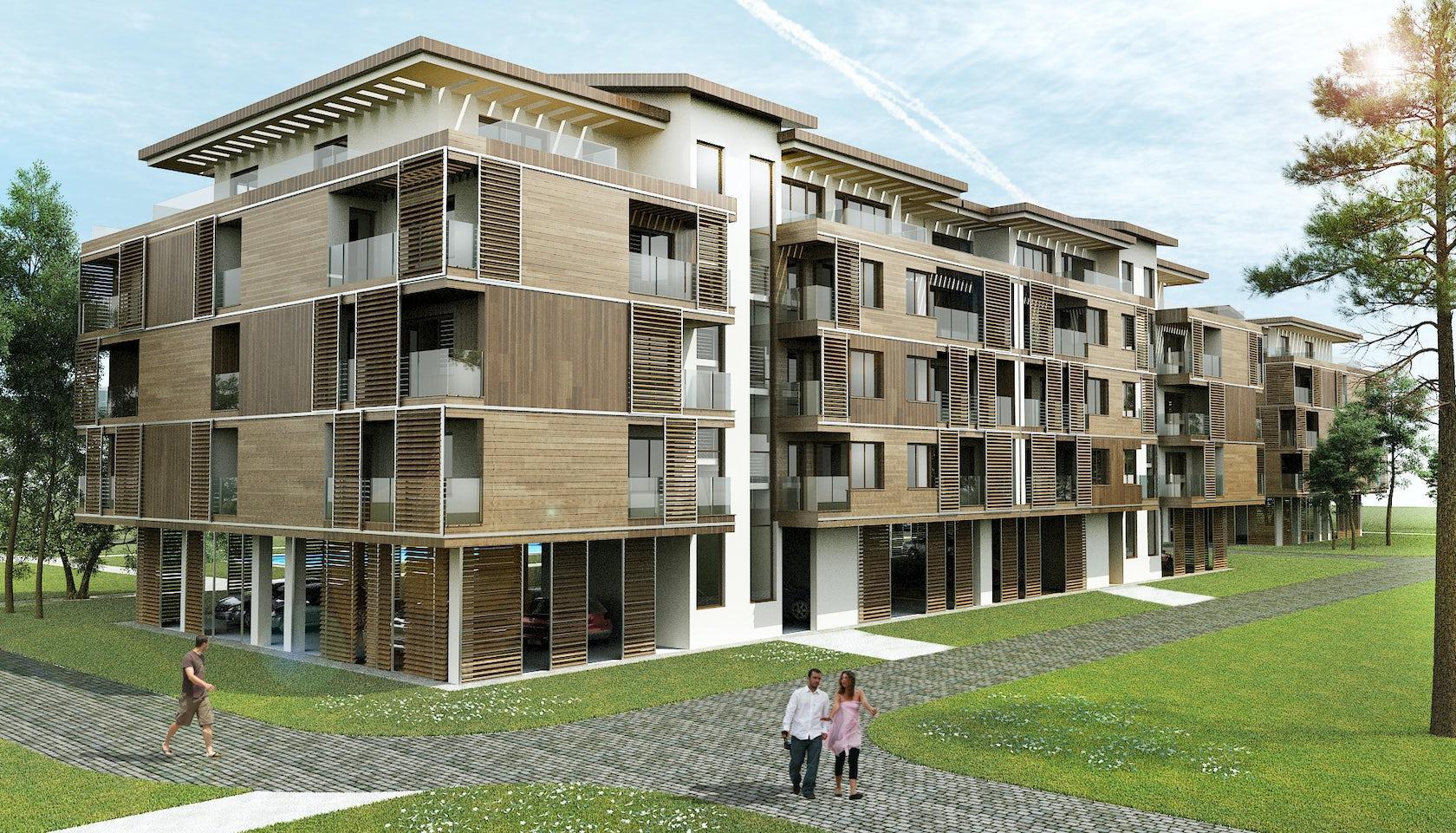
RESIDENTIAL AREAS
Residential areas refer to communities of homes that are designed to provide a comfortable and secure living environment for their residents. These areas can vary in size and style, from small neighborhoods of single-family homes to large apartment complexes or gated communities. They can be unique and expensive to the client because of the level of customization and attention to detail required to meet the specific needs and preferences of the residents.
One of the main features of a residential area is the quality of the housing. The homes must be designed to provide comfort, safety, and privacy, and to meet the specific needs of the residents. This may include features such as open floor plans, spacious bedrooms, high-end appliances, and energy-efficient systems. The design of the homes must also take into account the local climate, topography, and environmental regulations to ensure that they are sustainable and resilient.
Another important aspect of residential areas is the community amenities and services. These may include things like parks, playgrounds, community centers, swimming pools, and other recreational facilities that provide opportunities for social interaction and physical activity. In addition, residential areas may offer services such as security, landscaping, and maintenance, which can enhance the quality of life for residents and add value to the community.
The design and construction of a residential area also involves careful consideration of infrastructure and transportation. This includes things like road networks, sidewalks, public transportation, and access to essential services such as schools, hospitals, and shopping centers. The infrastructure must be designed to accommodate the needs of residents, while also promoting sustainability and efficiency.
Creating a unique and customized residential area requires close collaboration between the client, the design team, and the construction team. This may involve extensive consultations and brainstorming sessions to identify the specific needs and preferences of the residents and to develop a design that meets those requirements. It may also involve the use of specialized materials and technologies that add to the cost of the project.

